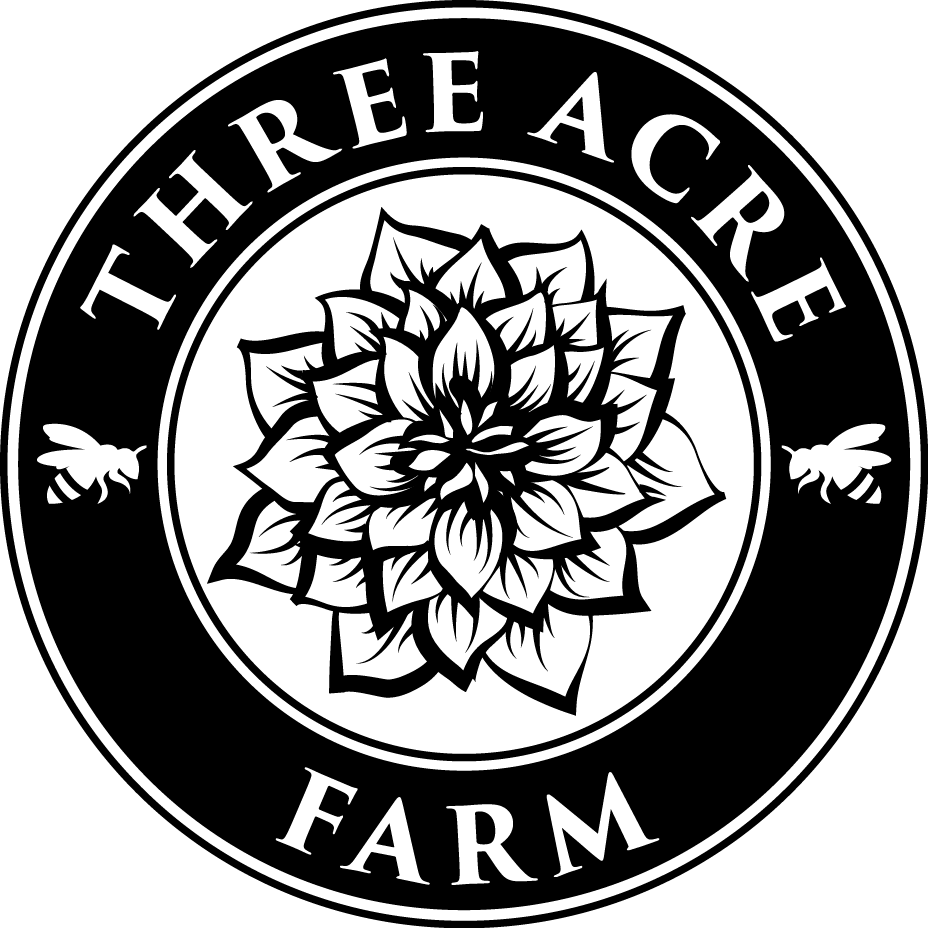How to Grow Statice
How to Grow Statice
Rose Shades
On our farm, we consider Statice our bouquet-making MVP (most valuable player). During the growing season, we harvest bucket loads of it every single week and we use every single stem in our bouquets.
I find Statice to be one of the most useful “Filler” type flowers you can grow. The role of Filler flowers is to complement and enhance the “Focal” flowers (the big flashy flowers that get all the attention). Statice doesn’t mind playing a supporting role.
Statice also is a dual-purpose flower. Not only does it look great in fresh flower bouquets, but it also dried beautifully for dried flower arrangements. The papery-looking clusters will last for years.
I sure hope you try Statice and learn to love it as much as I do. We use it nearly every summer and fall bouquet we make on the farm!
QIS Apricot
Let’s look at the Pros and Cons of growing Statice for cut flower use.
PROS
They are very long-lasting in the vase. Once all the other flowers have died, Statice is still standing. You can pluck out the stems, hang them to dry and keep them for years as an “Everlasting Flower”.
They are a perfect filler flower to enhance and “fill out” a bouquet that is looking a bit sparse.
They are versatile and look good with almost any other flower.
They are easy to grow.
They are productive over a long period of time. While many sources say they are NOT “cut-and-come-again”, we find that plants will continue blooming for 2-3 months if harvested/deadheaded on a regular basis. This is likely climate-dependent and your experience may be different.
They come in a wide range of colors (although I do find some of the colors garish, so I stick to just a few super versatile colors).
Rose Shades
CONS
They can be susceptible to Aster Yellows disease. Botrytis (fungal infection) can also be a problem.
They do not like overhead watering. This, along with wet poorly draining soil, can cause them to rot.
They don’t produce a lot of stems at the same time (so you’ll need to plant a decent amount of them to harvest from).
QIS Apricot
CHOOSING SEEDS
When choosing seeds, decide if you want to grow a mix of colors or stick with just a few colors. It’s really about personal preference.
Personally, I dislike most of the colors in the mixes and I now only grow 3 different varieties:
A white variety (goes with EVERYTHING),
an apricot variety (goes with all our warm-toned bouquets),
and a rose pink/violet variety (goes with all our cool-toned bouquets).
The following Statice series are a great choice for cut flower use:
“QIS” series (wide variety of colors)
“Seeker” series (wide variety of colors)
Here are the 3 Statice varieties I grow:
“Seeker White”
Seeker Rose in Everlasting Bouquets
HOW TO SOW
Statice is a summer-blooming Annual flower. However, it does like a cool start to establish, so try to get the plants out into the garden before the heat of summer
Transplants or Direct Sow?
Direct sowing is not recommended. Instead, start seeds in trays about 6 weeks before your Average Last Spring Frost Date. Transplant outdoors into well-composted beds after your Average Last Spring Frost Date.
Plants have a tap root, so take care to nestle them in the ground carefully when transplanting.
We usually plant 3-4 successions of Statice, about 2-3 weeks apart to make sure we have an abundant supply of Statice in bloom from June - October.
Statice seedlings a few weeks after transplanting
Statice about a month after transplanting
PLANT SPACING
9-12 inch spacing is recommended.
GROWING ON
Once the seedlings are well established, reduce the amount of watering, if possible.
Overwatering and overhead watering (sprinkler, hose, etc) can cause the plants to rot. Watering with drip irrigation or soaker hoses is best.
Netting or support is not necessary for Statice.
Pinching is not required. Most plants that have a “rosette” type growth habit (low-growing leaves radiating from the center of the plant, like Foxglove and Statice) do not require pinching.
QIS Apricot, ready for warm bouquet making
STAGE OF HARVEST
Harvest when most of the papery blooms on the stem are open, but before they begin to turn brown and look “tired”.
QIS Apricot in warm bouquets, Seeker Rose in cool bouquets
POST-HARVEST CARE
Like most cut flowers, always harvest in the cool of the day and allow the flowers to rehydrate in water in a cool location overnight before arranging.
Statice requires no other special care.
For dried flower use, hang small bundles of Statice upside down in a warm, dry location out of direct sun for about 2 weeks until they are fully dry. Dried flowers will last for years if kept out of direct sunlight.
QUESTIONS?
Ask them here and I’ll get back to you!
Ready for more?
If you’re serious about growing the garden of your dreams this year, register for my online course, “Backyard Cutting Garden 101”. You’ll find everything you need to plan, grow, harvest and arrange your stunning blooms. I can’t WAIT to help you grow! Click on the button below for all the details.









